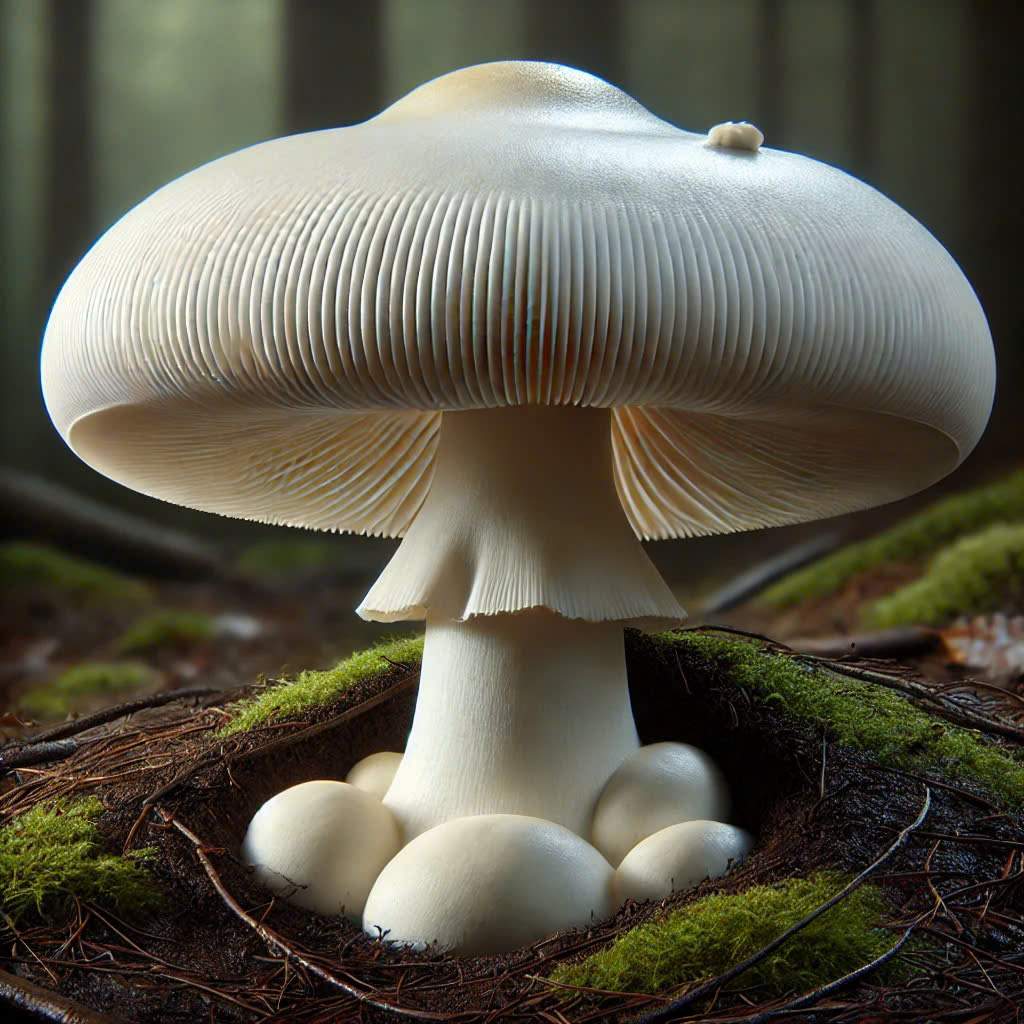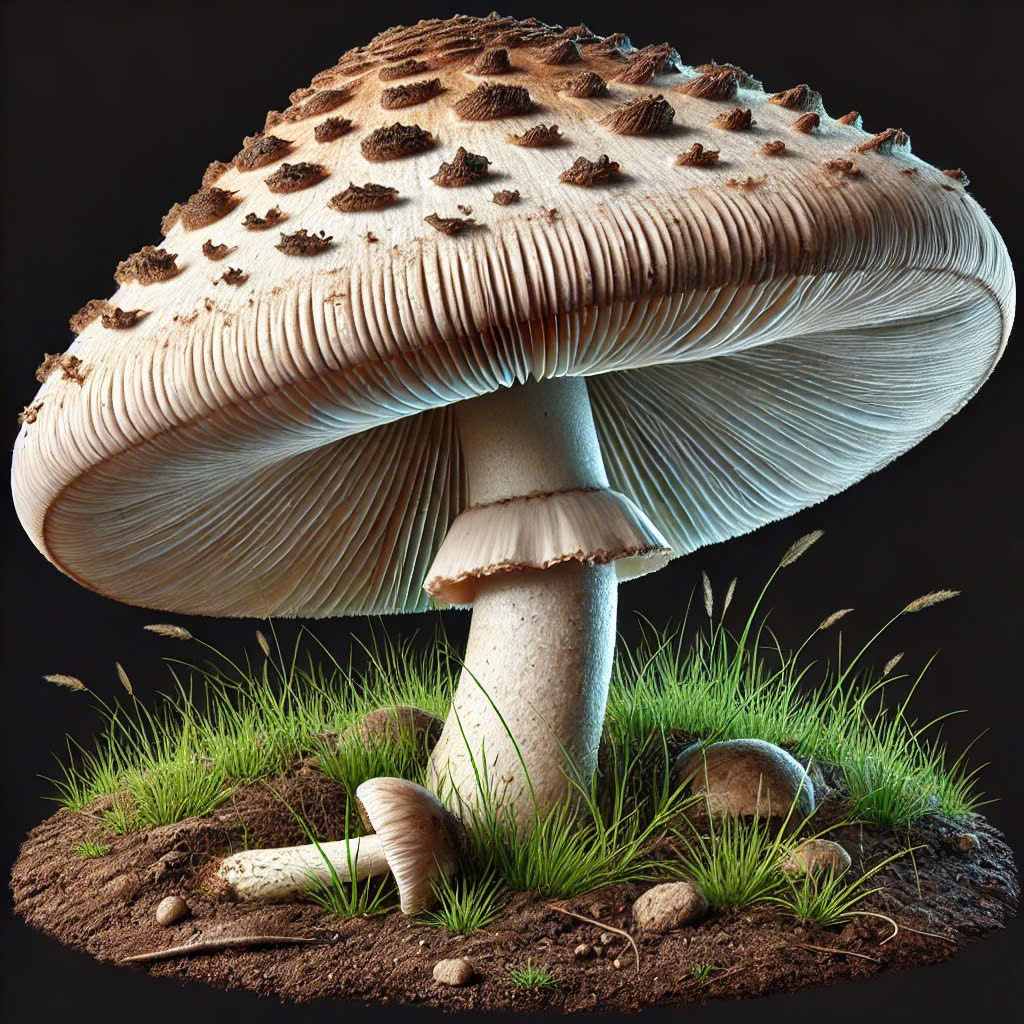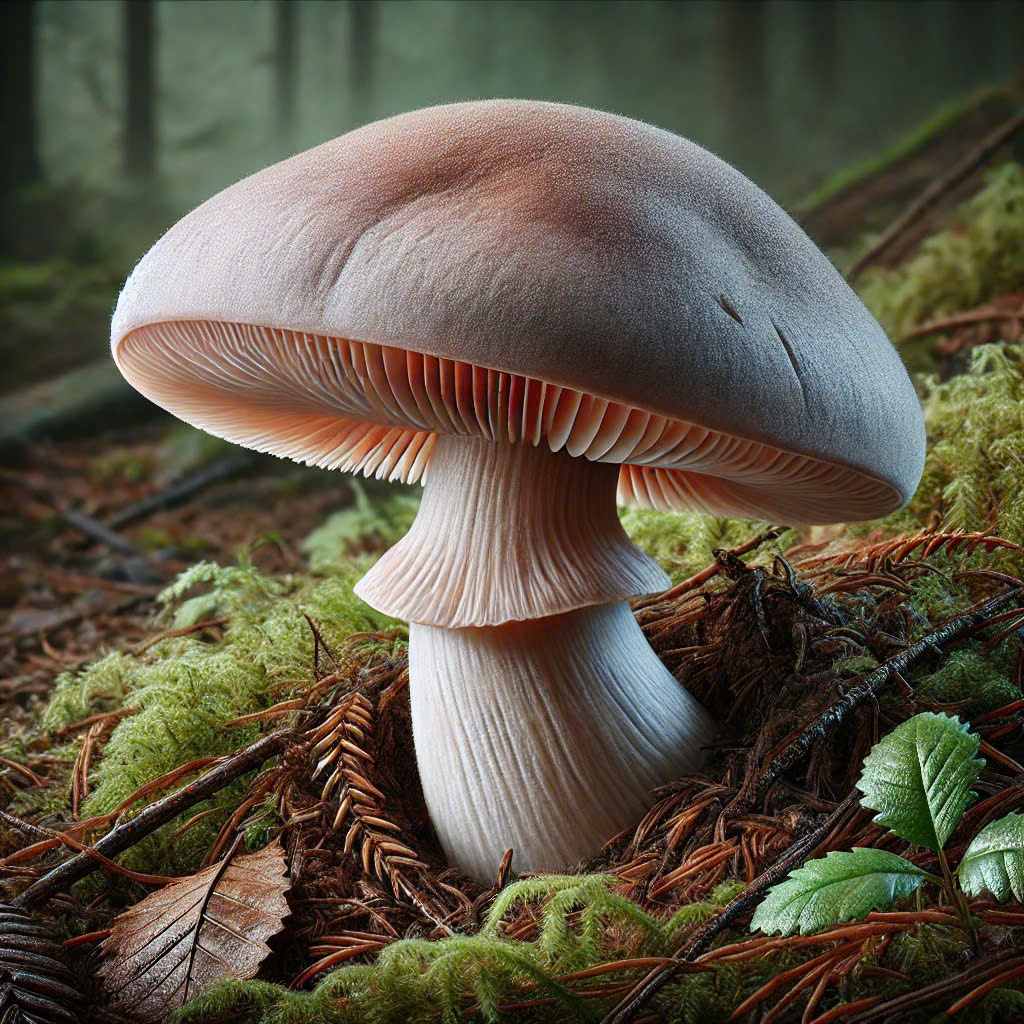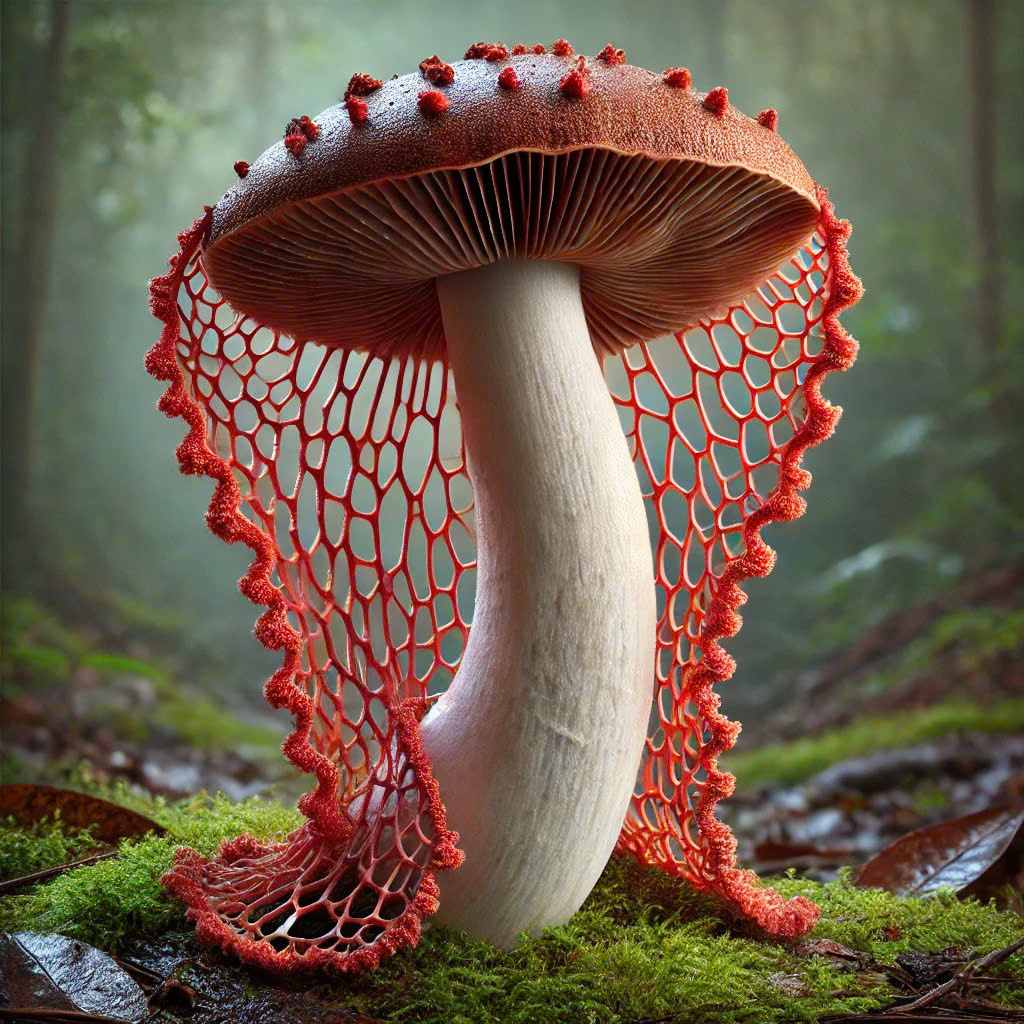The Food Safety Department (Ministry of Health) recommends measures to reduce the risk of mushroom poisoning:
Do not eat strange mushrooms of unknown origin: Only eat mushrooms that are identified as safe and have a clear origin.
Not based on folk experience: Tips like "healthy mushrooms do not make silver sticks black" are incorrect.
Check carefully before processing: Remove mushrooms that are damaged, waterlogged, withered, or have a strange smell.
Cook thoroughly: Safe mushrooms still need to be cooked thoroughly to avoid digestive disorders.
Do not store mushrooms for too long: Fresh mushrooms can only be used for 1-2 days, check the shelf life of dried mushrooms.
Propagate to relatives: Remind the elderly and children not to pick mushrooms if they do not have knowledge.
When there are signs of poisoning: Go immediately to a medical facility if you have symptoms of poisoning such as vomiting, abdominal pain, dizziness.
How to distinguish between edible and Toxic Funger:
However, it should be noted that mushrooms are easy to confuse, only eating mushrooms is definitely safe.
Observing the shape characteristics:
Color: Eaten mushrooms are usually white, gray, light brown. The mushrooms are colorful and toxic, such as red, orange, and dark yellow.
Mushroom hats: Refined mushrooms. Toxins with abnormal scales or spots.
Mushroom vermicelli: Eaten mushrooms are white, light brown or pink. Toxins can be green, black, metallic.
Mushroom strains: mold is eaten smoothly, without clear rings or stems. The mushrooms have beds and stems.
Mushroom scent: Eaten mushrooms have a mild, pleasant aroma. Mushrooms smell black or foul like pesticides.
Other identifying signs:
Mushrooms with beds, trunk bags and white hats are usually mushroom poison.
Let the pus flow when broken or discolored when cooked can be a poison mushroom.
Mushrooms grow along the forest, are moist, and the roots of rotten plants are easily toxic.
In Vietnam, there are many types of toxic fungi that are common, especially during the rainy season or in mountainous and midland forests. Here are some common and dangerous types of toxic fungi to note:
White shoots mushrooms:
Also known as white poison mushrooms or destroyed angel mushrooms.
Features: White mushroom caps, conical hats or flat planks, with loops and trunks.
Toxins: Contains amatoxin, which damages the liver and kidneys, and can be fatal if not treated promptly.

gray brown scallop mushrooms:
Features: gray-brown mushroom hat, smooth gray surface, slender and prone to fracture.
Toxins: Contains muscarine, which causes neurological and cardiovascular disorders, and can be fatal if poisoning is severe.

Green white riceped mushrooms:
Features: White mushroom hat, mushroom provenance when old turns light green.
Toxins: easily cause digestive poisoning such as vomiting, acute diarrhea.

Gray poison mushroom:
Features: Light gray to dark gray mushroom hats, light pink mushroom phien.
Toxins: Causing severe digestive disorders, dehydration, acute kidney failure if eaten in excess.

Redunar mushrooms:
Features: There is an orange-red net that comes down from a mushroom hat and an empty trunk.
Toxins: This type is less deadly but can cause digestive disorders if eaten raw.












